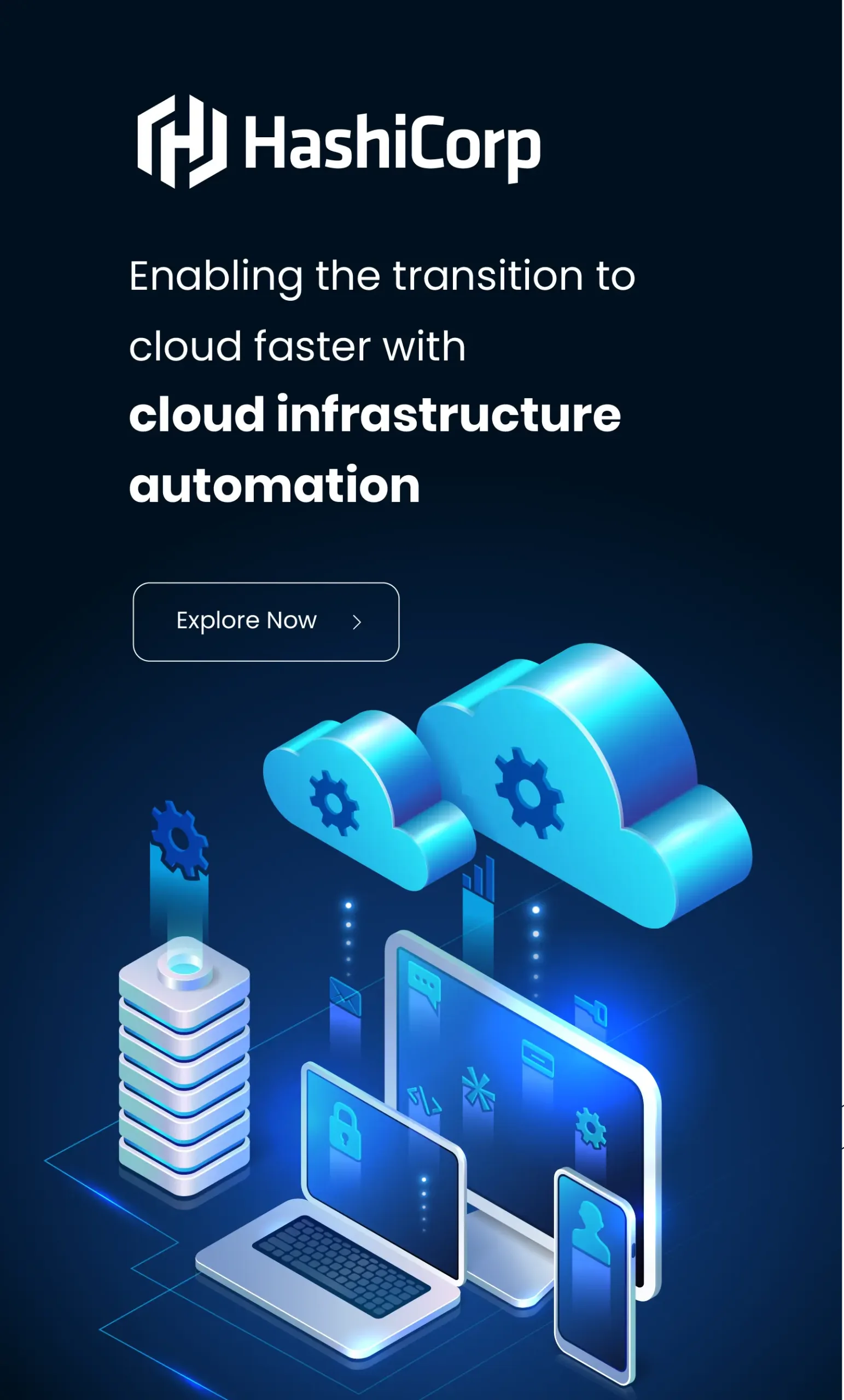Blog and News

Insourcing vs Outsourcing IT Services: Find The Right Fit
Businesses often face a critical problem: should they manage their IT services in-house through insourcing or outsource them to external providers? Both strategies have their advantages and disadvantages. For example, insourcing IT services offers greater control and potentially lower long-term costs, while outsourcing IT services provides immediate access to specialized expertise and cost savings. Companies can make informed decisions aligned with specific business needs and goals by understanding both strategies.
Insourcing vs Outsourcing IT Services: What Are The Differences?
When considering insourcing vs outsourcing IT services, it is important to know that both are two distinct strategies companies employ to manage their IT services. Let’s delve deeper into the differences between insourcing and outsourcing in managing IT services.
Insourcing IT Services
Insourcing means utilizing internal resources to manage IT services. For example, the company assigns IT project management to their internal IT team. Companies will deploy existing employees or hire new staff to handle IT functions.
Insourcing enables companies to control their IT operations while developing internal capabilities. However, insourcing also increases initial costs due to hiring, salary, training, and infrastructure setup.
Outsourcing IT Services
Compared to insourcing, outsourcing allows companies to hire external vendors or contractors to perform specific IT operations. Companies leverage these external parties’ IT expertise and resources, which leads to cost savings and access to specialized skills that may not be available in-house.
With outsourcing, companies can save expenses related to hiring, training, and setting up the IT infrastructure. However, companies will need more control as outsourcing IT services rely on external providers for quality and adherence to standards.
The Pros and Cons of Outsourcing IT Services
The outsourcing strategy in managing IT services has become a strategic decision for many organizations looking to enhance operational efficiency and save costs. Some pros and cons of outsourcing IT services are:
Pros of Outsourcing IT Services
- Lower Costs: Outsourcing can lower operational costs by avoiding expenses for hiring, training, and maintaining an in-house team, especially for specialized IT roles like software development, application development, and technical support.
- Access to Expertise: Outsourcing providers offer a broader pool of IT talent and expertise. Companies don’t have to go through lengthy recruitment processes to find the right IT expert to handle complex projects.
- Enhanced Flexibility and Scalability: Outsourcing offers greater flexibility in scaling operations up and down based on business needs. Companies can adjust the level of outsourcing services without the complexities of hiring or laying off in-house staff.
Cons of Outsourcing IT Services
- Loss Control: One of the main disadvantages of outsourcing IT services is the risk of losing control over IT operations. Companies may find it difficult to manage outsourcing providers effectively and to keep them aligned with business goals and expectations.
- Security Risk: As outsourcing work systems involve external parties outside the company, security vulnerabilities are also risky. Sharing sensitive data with third-party vendors increases the risk of breaches and compliance issues if proper measures are not implemented.
- Dependence on Vendor Performance: Companies’ business performance may become reliant on their outsourcing providers, which can lead to challenges if the provider fails to meet service level agreement (SLA).
The Pros and Cons of Insourcing IT Services
Insourcing becomes ideal for companies who want to maintain control over their IT operations. There are some advantages and disadvantages offered by the insourcing strategy, such as:
Pros of Insourcing IT Services
- Full Quality Control: With insourcing, companies have direct control over their IT projects, allowing them to maintain high-quality standards throughout development.
- Internal Expertise Development: Insourcing fosters internal employees’ growth as they gain experience and skills through hands-on involvement in IT projects.
- Data Security: Through insourcing, companies can enhance data security by keeping sensitive data within the company and handling it by internal teams. This will reduce the risk of data breaches associated with third-party vendors.
Cons of Insourcing IT Services
- High Costs: Companies may face higher costs during insourcing implementation due to salaries, benefits, training, and infrastructure needs. Companies will have to invest significantly in recruiting, onboarding, and maintaining an IT in-house team, which can be financially challenging for some businesses.
- Scalability Challenges: If the company needs to handle complex projects, it may need to scale and improve internal teams to meet the projects’ needs. This can be a slow and difficult process, as additional hiring or training will be required.
- Limited Access to Specialized Skill: Some companies may need help maintaining and expanding a skill set within an in-house team. This is different from outsourcing, where access to a broader range of expertise is available from outsourcing providers.
What To Consider When Choosing Insourcing vs Outsourcing IT Services?
Choosing between insourcing vs outsourcing IT services will depend on the business needs, resources, and strategic goals. Here are some considerations when deciding between insourcing vs outsourcing for managing IT services:
Costs
Insourcing may lead to heavy upfront costs due to salaries, benefits, and overhead expenses to maintain an in-house team. However, it will result in long-term value as companies gain better control and quality assurance. While outsourcing can reduce costs by eliminating the need for full-time employees, there may be some hidden costs in outsourcing agreements.
Control and Quality
For companies that handle a lot of sensitive information, insourcing can be the best option as it offers greater control over data quality and processes. It allows companies to adjust immediately to changes with real-time communication among team members. However, ensuring quality can be challenging with outsourcing. Therefore, establishing a clear service-level agreement (SLA) is essential.
Long-Term Strategic Goals
The decision between insourcing and outsourcing IT services should clearly align with the company’s long-term strategy. For example, insourcing may be a better choice if you want to invest in skill set development within in-house teams.
Outsourcing is a good option if the company lacks the resources and time to build an in-house team to handle an IT project. However, companies can choose hybrid approaches, like developing core competencies through insourcing, while other tasks are assigned to outsourcing.
Simplify Your Indonesian Market Entry with PhinCon’s IT Outsourcing
For Singaporean companies seeking to expand into the Indonesian market, finding the right talent to support your expansion in Indonesia can make your entry easier. As one of the top IT outsourcing partners in Indonesia, PhinCon extends its reach to Singapore as PhinCon Pte Ltd. We offer a comprehensive suite of IT outsourcing services tailored to your business needs.
Some of our services include complete BPO solutions such as a contact center and other customer support functions. We ensure that we help you scale your operations efficiently while we manage recruitment, payroll, benefits, and tax compliance according to Indonesia’s regulations.
Choose PhinCon as your trusted IT outsourcing partner, as we help broaden your business reach with a streamlined, efficient, cost-effective IT solution. For further information about our IT outsourcing services, contact us through email at sales.sg@phincon.com.
Editor: Irnadia Fardila
Popular Posts





